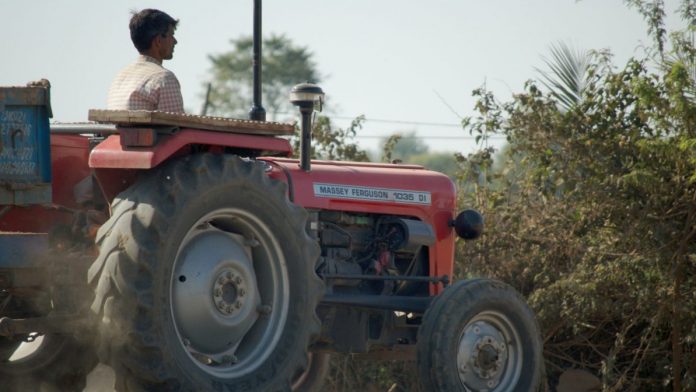Rural indebtedness and dependence on private moneylenders is an age-old problem in India. For
more than 100 years now, the Central Government and the Reserve Bank of India have been
making efforts to enhance institutional credit in rural areas particularly to assist in agricultural
operations. It began with the enactment of the Co-operative Credit Societies Act (1904) but
efforts were redoubled after the nationalisation of Scheduled Commercial Banks in 1969. The
aim of this paper is to evaluate the measures taken over the years and assess the extent to which
they have been successful. It attempts to answer the question, “Is the agenda of expansion of
institutional finance to agriculture unfinished?” The findings in the paper are inconclusive on
this issue on account of contradictions in evidence: while the 2013 AIDIS survey finds that noninstitutional lenders still account for only 36 per cent of the total outstanding agricultural loan,
the short-term credit from institutional sources in 2012-13 covered 100 per cent of the input cost
in agriculture in that year according to the National Accounts Statistics.
A particular focus of the paper is analysis of the cost and benefits of subsidies for agricultural
credit and generalised debt waivers.
It finds that the steps taken to enhance institutional credit such as the opening of a large number
of rural branches of commercial banks, priority sector lending with 18 per cent target for
agriculture, Kisan Credit Cards and the financial inclusion initiative have really been
instrumental in the impressive rise in agricultural credit and not credit subsidies. At the same
time, the sharp rise in the share of short-term credit in the proportion of input costs points
towards diversion of subsidised credit for non-agricultural purposes. The paper, therefore, makes
a strong case for a serious review of the policy on agricultural credit subsidies. On generalised
debt waivers, the finding is that they create expectations of similar waivers in future and
disincentivise farmers from repaying loans. At the same time, anticipating adverse borrower
behaviour, lenders tend to reduce the size of their lending operations; the net result is a
contraction of credit available to farmers. The paper, therefore, also argues strongly against
generalised waivers in future. However, targeted action where waivers follow a case by case
examination of the merits of the case can be an appropriate response, particularly if such action
is part of a comprehensive package to address acute agricultural distress.
Download full paper
2016 Credit policy for agriculture in India- An evaluation. Supporting Indian farmers the smart way, rationalising subsidies and investments

About the author